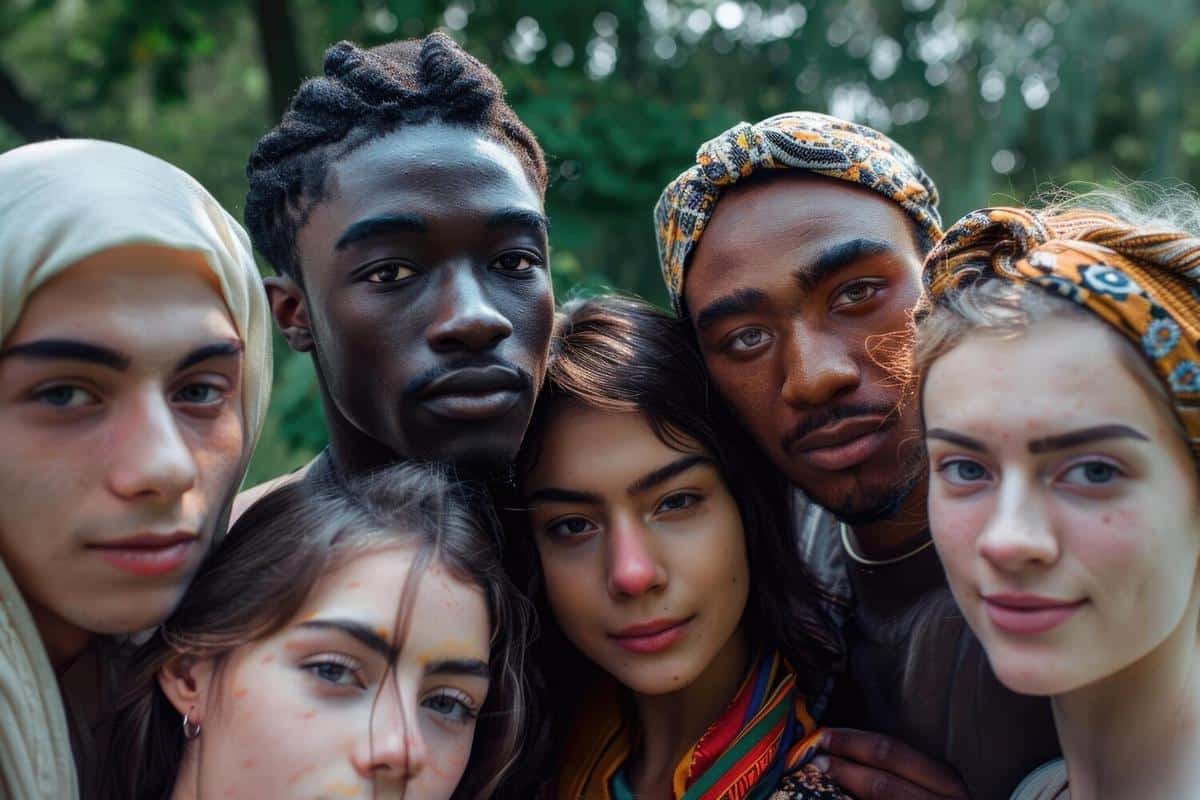
Challenges in Preserving Intangible Cultural Heritage
Preserving intangible cultural heritage is a fascinating yet complex endeavor that poses unique challenges. As societies evolve, the traditions, practices, and knowledge passed down through generations risk fading into obscurity. This article delves into the hurdles faced in safeguarding these invaluable cultural treasures.
Understanding Intangible Cultural Heritage
Intangible cultural heritage encompasses practices, expressions, knowledge, and skills that communities recognize as part of their cultural identity. These include oral traditions, performing arts, social practices, rituals, and festive events. Preserving these elements is crucial for maintaining cultural diversity in a rapidly globalizing world.
Key Challenges in Preservation
Globalization and Homogenization
One of the significant challenges is the impact of globalization, which often leads to cultural homogenization. As cultures interact and merge, distinctive traditions may be overshadowed or lost. This issue is highlighted by UNESCO’s efforts to promote cultural diversity and ensure that globalization does not erase unique cultural identities.
Lack of Documentation
Many forms of intangible heritage are passed down orally or through practice, making them vulnerable to loss if not adequately documented. Experts emphasize the importance of creating comprehensive records to preserve these elements for future generations.
Urbanization and Lifestyle Changes
Rapid urbanization and changes in lifestyle contribute to the decline of traditional practices. As people migrate to urban areas, they often leave behind rural customs and rituals. A study from the International Journal of Heritage Studies notes that urban migration can disrupt the transmission of cultural heritage.
Strategies for Preservation
Community Involvement
Engaging local communities in preservation efforts is vital. By involving those who hold the knowledge and traditions, preservation becomes a collaborative effort. Communities can share insights and contribute to maintaining their cultural heritage actively.
Education and Awareness
Raising awareness and educating younger generations about the value of intangible cultural heritage is essential. Schools and cultural institutions can play a pivotal role in integrating traditional knowledge into educational curricula.
Utilizing Technology
Technology offers innovative solutions for preservation, such as digital archiving and virtual reality experiences. These tools can help document and share cultural practices with wider audiences worldwide.
Comparison Table: Challenges and Solutions
| Challenge | Solution |
|---|---|
| Globalization | Promote cultural diversity |
| Lack of Documentation | Create comprehensive records |
| Urbanization | Encourage community involvement |
| Technology Use | Utilize digital archiving |
| Education | Integrate heritage into curricula |
| Awareness | Host cultural events |
| Government Support | Advocate for policies |
| Funding | Secure grants and sponsorships |
Frequently Asked Questions
What is intangible cultural heritage?
Intangible cultural heritage refers to traditions, expressions, knowledge, and skills that communities recognize as part of their cultural identity.
Why is preserving intangible cultural heritage important?
Preserving intangible cultural heritage is crucial for maintaining cultural diversity and fostering a sense of identity and continuity among communities.
How can technology aid in preservation?
Technology can facilitate preservation by enabling digital archiving and creating virtual experiences that document and disseminate cultural practices.
Conclusion
In conclusion, preserving intangible cultural heritage requires a multifaceted approach that addresses the challenges of globalization, urbanization, and technological advancement. By engaging communities, leveraging technology, and raising awareness, we can ensure that these invaluable cultural elements continue to enrich our lives and connect us to our shared human history. As we move forward, it’s vital to recognize the role each of us plays in safeguarding these traditions for future generations.


